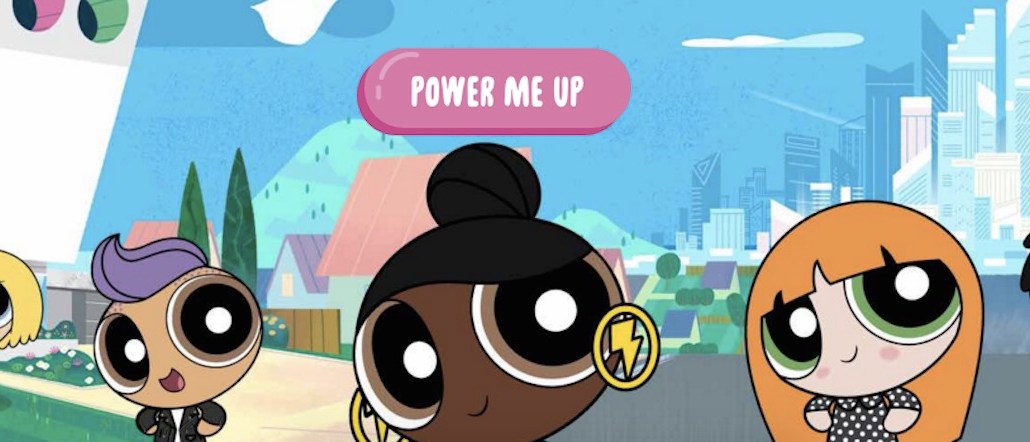
Once again, nostalgia has the Internet losing its collective mind, and it has the Powerpuff Girls to blame.
Last week, Cartoon Network launched “Powerpuff Yourself,” a microsite that lets people create one of the bubbly cartoon characters in their likeness to promote tonight’s reboot after an 11-year hiatus. Every young person instantly recognizes the three superpowered sisters, which aired for seven years between 1998 and 2005, ensuring that it would be a viral hit.
“I’m in The Powerpuff Girls super squad! Click to make one yourself. #PowerpuffYourself https://t.co/xQLs5RU23m” wyt pic.twitter.com/ri7pwHeET5
— Dan Howell (@danisnotonfire) April 2, 2016
“Powerpuff Yourself” is easy to use because it has tons of customization features, like choosing what animated clothes to wear, accessories, jaunty hair and backgrounds. Once the self-powerpuffing process is finished, the website let’s people easily share it in a GIF format on Facebook and Twitter, facilitating its social media spread.
The animations became ubiquitous on Facebook’s News Feed and Twitter timelines over the weekend. People and millennial publishers, such as Mashable and Bustle, and even brands latched onto it reimagining celebrities as Powerpuff-like characters.
Here’s our version @LeoDiCaprio as a #PowerPuffGirls ❤️ Because the internet. #PowerpuffYourself pic.twitter.com/eYqpA8LyM6
— TheWrap (@TheWrap) April 1, 2016
Always wanted to be a Powerpuff Girl? Now you can! https://t.co/LMsCvD0Wrj #PowerpuffYourself 🌸 pic.twitter.com/1UCdLO5dJc
— Topshop (@Topshop) April 4, 2016
Hey @cartoonnetwork, do the powerpuff girls need dance partners in Townsville? #PowerpuffYourself pic.twitter.com/Xb7UiBrfWV
— Blue Man Group (@bluemangroup) April 1, 2016
don’t forget, I’m the original #PowerpuffGirl #PowerpuffYourself pic.twitter.com/bLLqPTWIgw
— Timehop (@timehop) April 4, 2016
Woke up. Powerpuffed myself. Day finished. Good night. #PowerpuffYourself pic.twitter.com/CHfP83oBGM
— Rahul Kohli (@RahulKohli13) April 1, 2016
Blanketing the Internet with customizable characters is nothing new for brands: Office Max started “Elf Yourself” a decade ago. Carrot, the agency behind the campaign, told Digiday that more than 7 million avatars were created with the site hitting 5 million unique viewers.
“Powerpuff Yourself” was created for fans to “engage and identify with the brand,” Jill King, svp of consumer and sponsorship marketing for Turner told Digiday.
“Our main goal was to create an inclusive experience,” she said. “The team worked tirelessly to ensure that we had countless combinations of skin tones, hair textures and other customizable options and we’re thrilled that people responded to it and loved it.”
More in Marketing

Best Buy, Lowe’s chief marketing officers explain why they launched new influencer programs
CMOs launched these new programs in response to the growing importance of influencers in recommending products.

Agencies create specialist units to help marketers’ solve for AI search gatekeepers
Wpromote, Kepler and Jellyfish practices aim to illuminate impact of black box LLMs’ understanding of brands search and social efforts.

What AI startup Cluely gets — and ad tech forgets — about attention
Cluely launched a narrative before it launched a tool. And somehow, it’s working.





